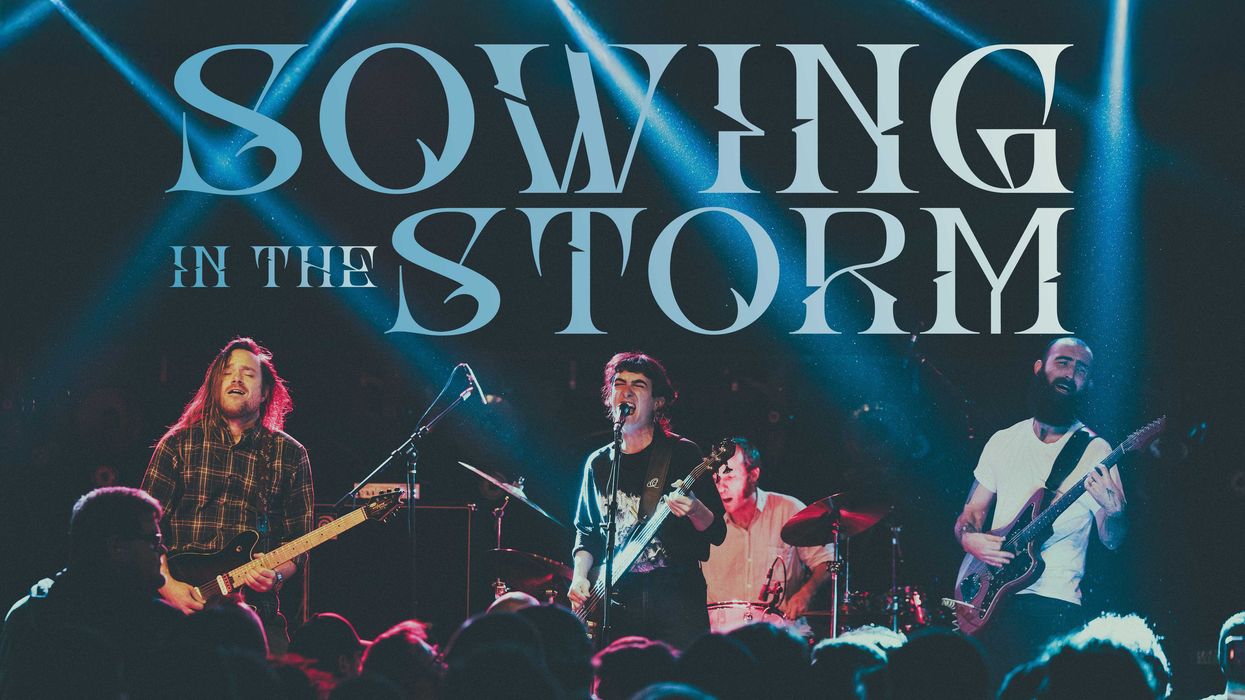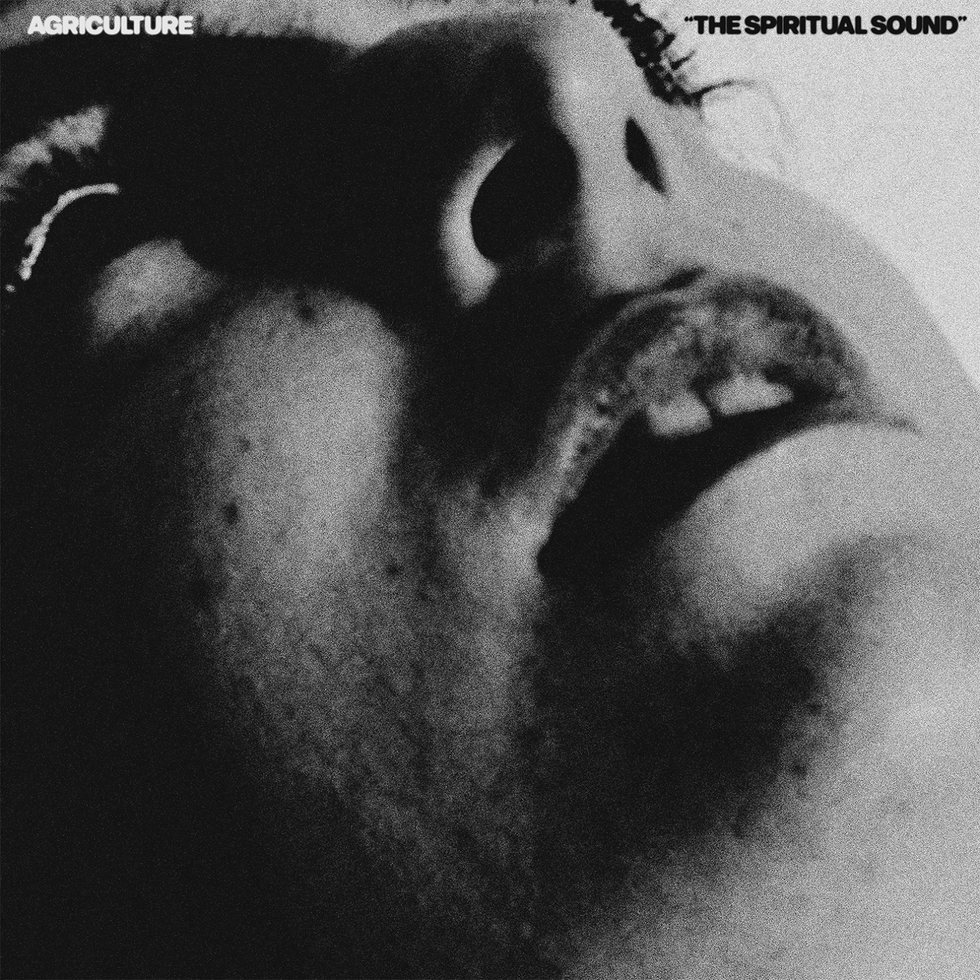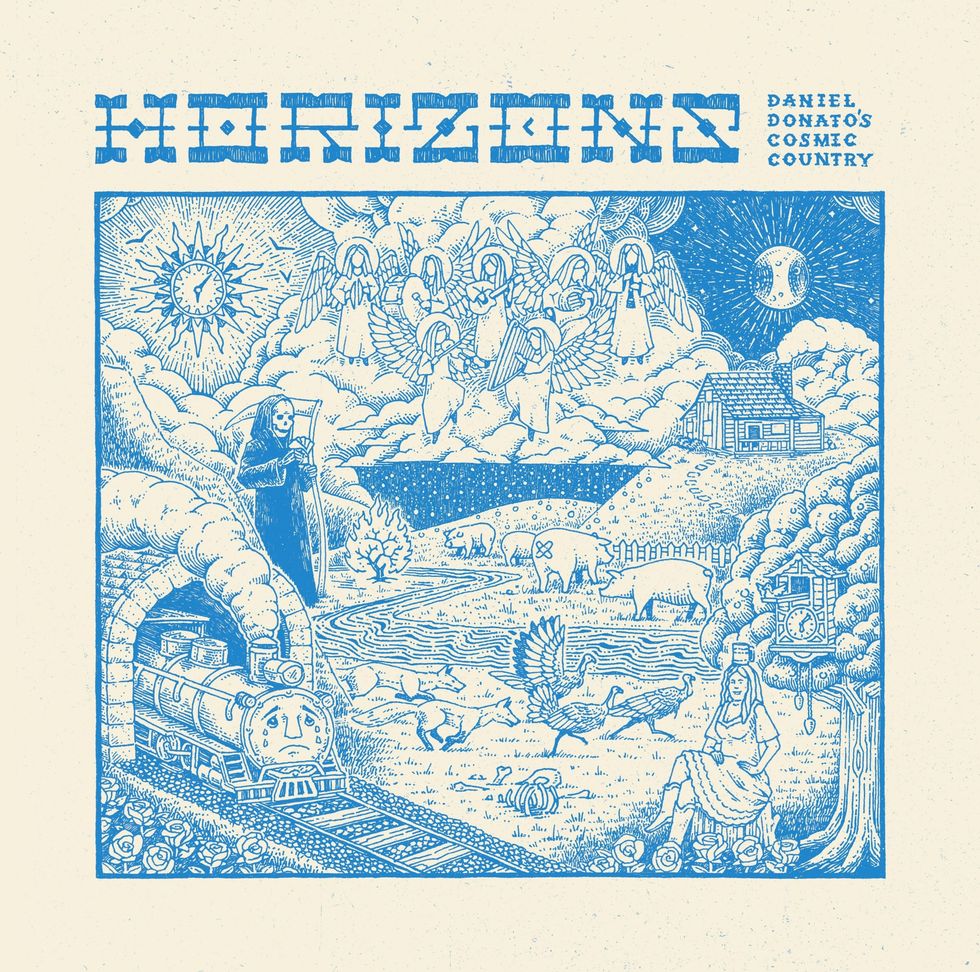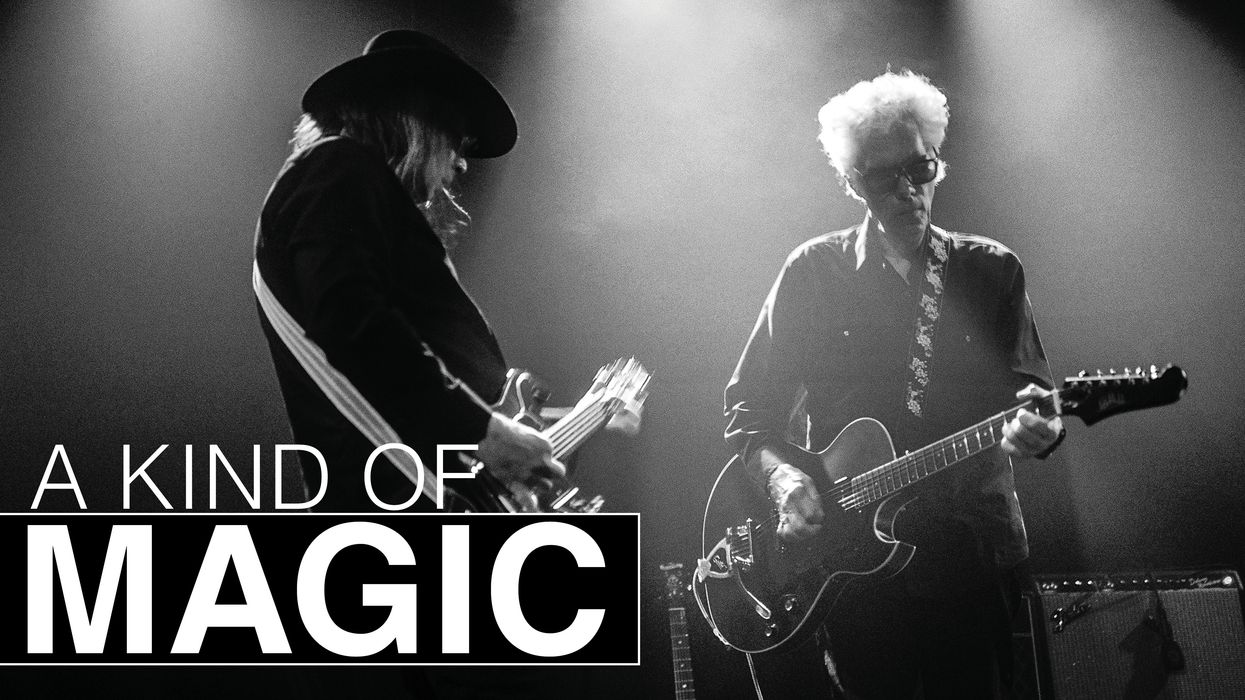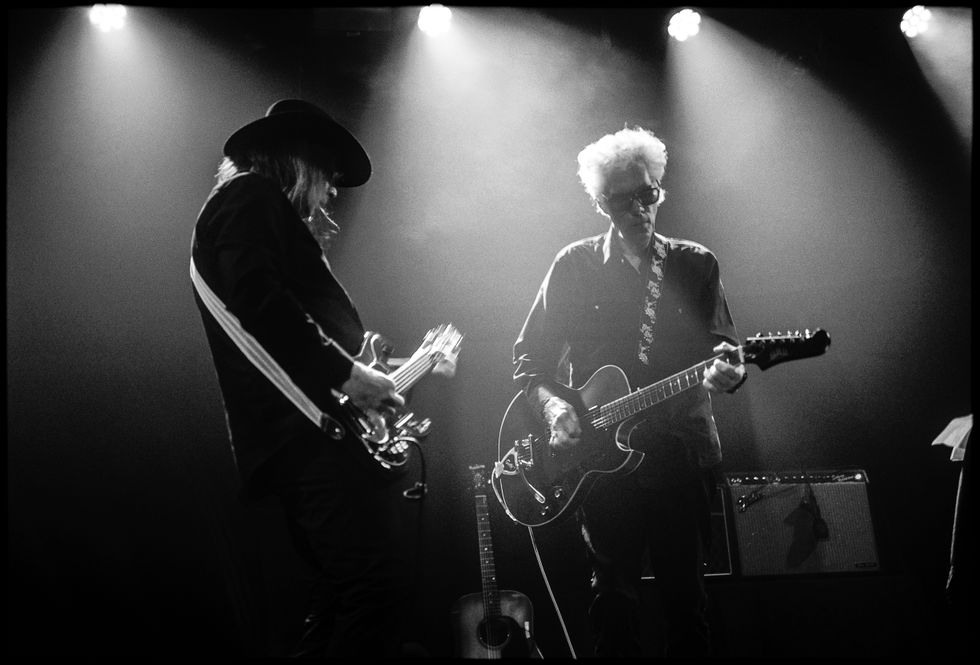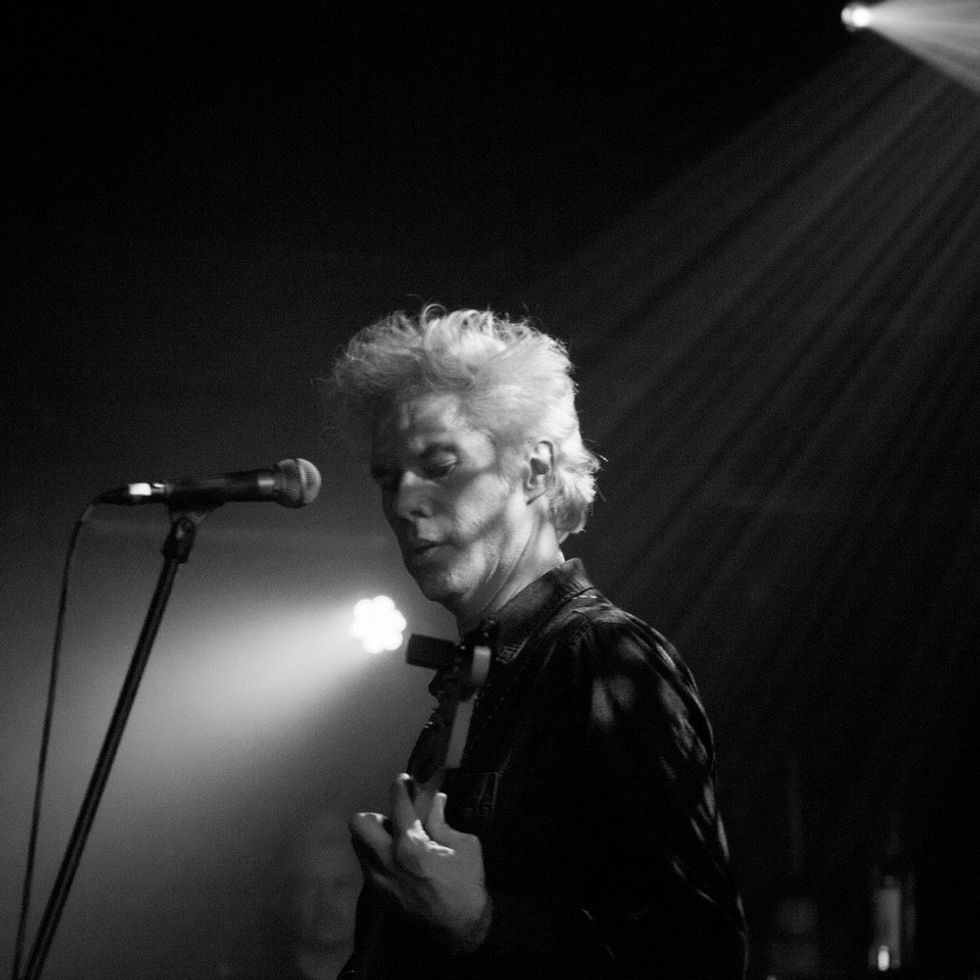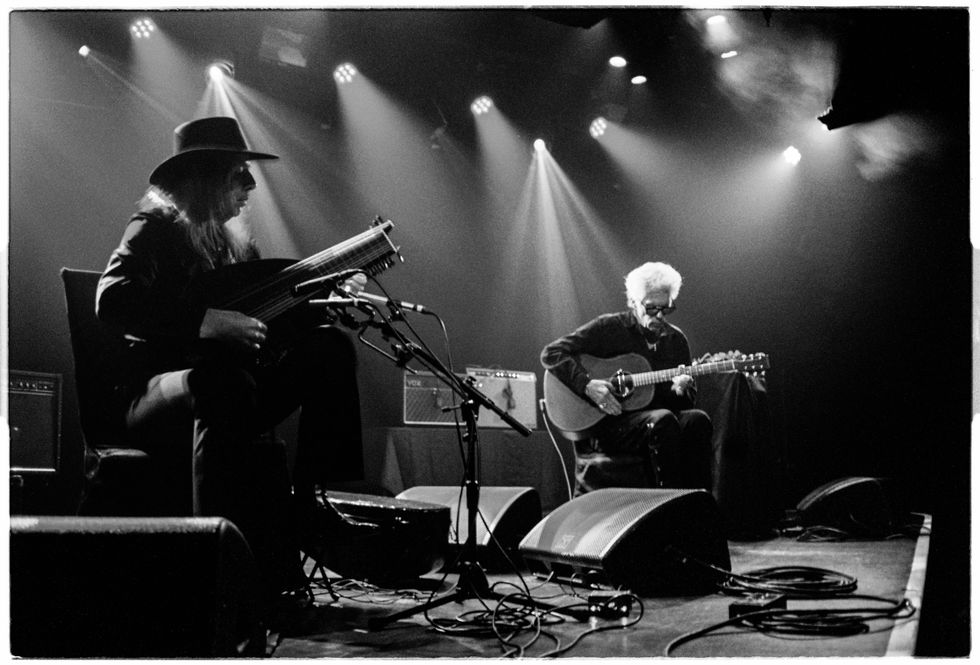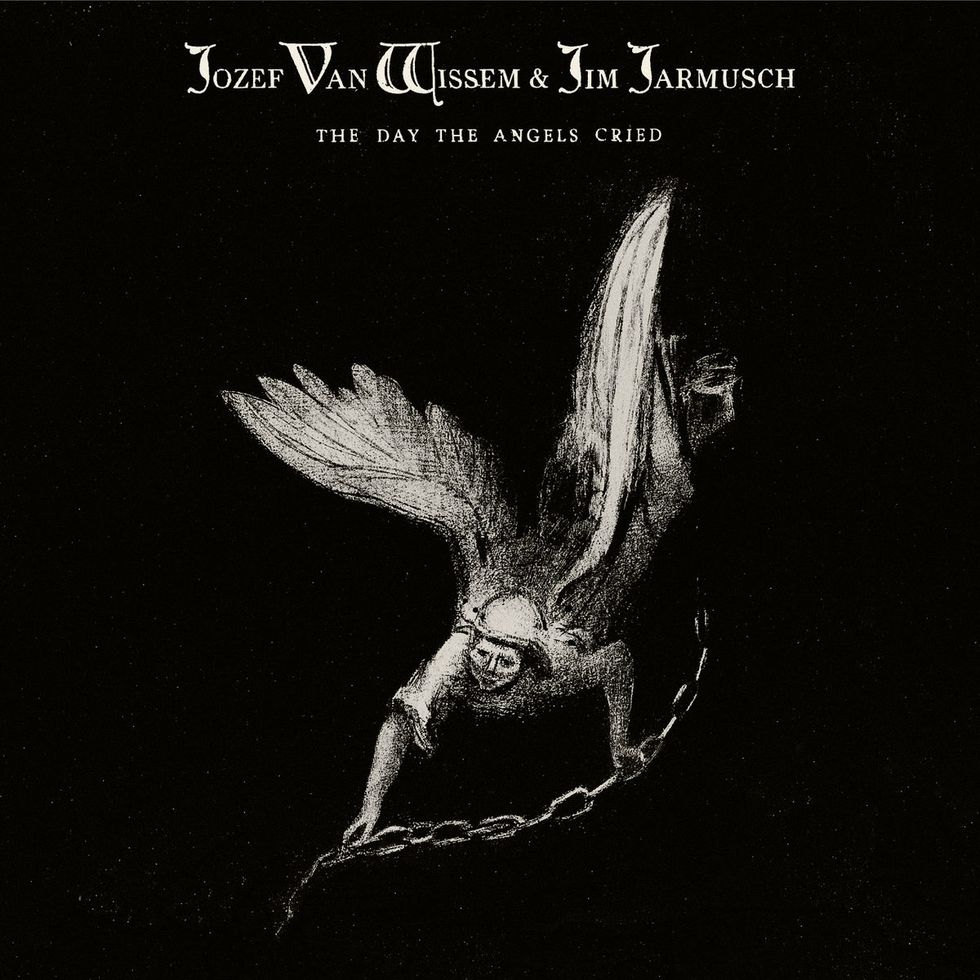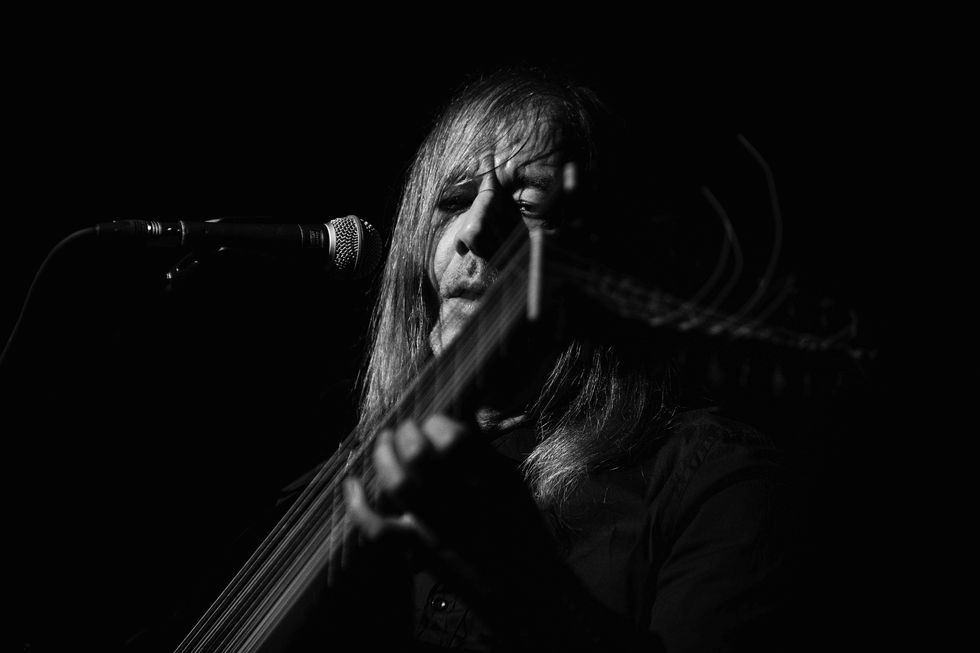Grace Bowers began playing the guitar at age 9, after she stumbled across the music video for Guns N’ Roses’ “Welcome to the Jungle” on YouTube and was immediately inspired by the top-hat-sporting, Les Paul-wielding Slash. Then, at 13, she heard B.B. King on her mom’s car radio, and suddenly knew that playing guitar was what she wanted to do with the rest of her life. But within that discovery lurked a deep sense of isolation.

While she appreciates the sentiment, Bowers doesn’t love being called a guitar prodigy, saying it dismisses the eight years she’s put into studying the instrument.
Photo by Cedric Jones
“I was living in California at the time, in a small town outside of San Francisco,” she reflects. “And there’s absolutely no live music there, whatsoever. I didn’t even know any people my age who played an instrument. So, I pretty much had no hope. And I would always dream that I’d be playing on a stage, or just anywhere, honestly. It always felt super unrealistic and like, ‘Oh, that would never happen.’”
When the pandemic hit, the now 18-year-old Bowers was finishing the seventh grade, and the abrupt separation from her peers didn’t exactly help to improve her sense of belonging. Pretty soon, however, things took a major, positive turn: “I started posting videos online, and it got some momentum,” she shares. Gibson took notice, and offered her an endorsement when she was just 14. Then, “We moved to Nashville, and I was playing onstage almost every night.”
The sudden wealth of opportunity that came with the move changed everything. “It was the biggest motivation ever,” she continues. “Made me want to do it more than I ever have [laughs].”
Grace Bower's Gear
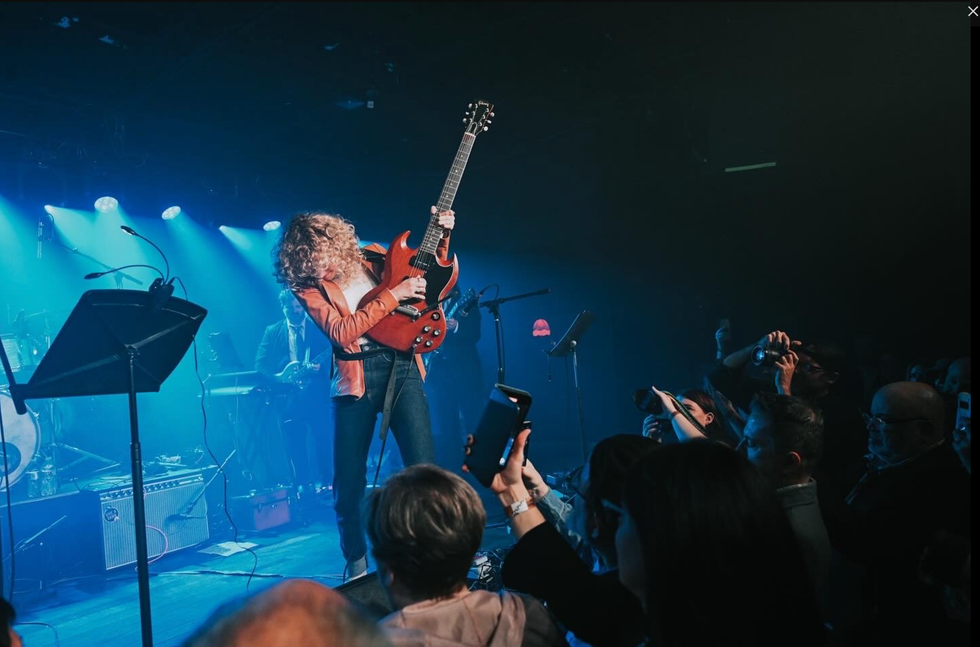
One of Bowers’ main guitars is this 1961 Gibson SG Special. She also plays a Murphy Lab version of the model.
Effects
- Analog Man King of Tone
- Wah
- Boost
- Gain
Strings & Picks
- Ernie Ball .010s
- Dunlop 2.0 mm
By now, Bowers’ résumé has gathered more than just moss. Earlier this year, she was recruited by Dolly Parton to perform on Dolly Parton’s Pet Gala; she’s played with Devon Allman, Tyler Childers, Christone “Kingfish” Ingram, and Susan Tedeschi; and in August, shared a bill with her first guitar hero, Slash. And, on the tails of all this success, she’s just released her debut album, Wine on Venus.
Produced by John Osborne of the Brothers Osborne, the album is a collection of eight original tracks, written by Bowers in collaboration with her band the Hodge Podge, and one cover—Sly & the Family Stone’s “Dance to the Music.” Although she has been playing for nine years, the grasp Bowers has on her instrument at 18 is rare. She knows just what notes to play and when to play them, saying very much with very little. She also wields a tone that’s just fuzzy enough, just singing enough, and just wailing enough—when she feels like it. Wine on Venus is the perfect showcase of her wisdom on guitar, antecedent to her being even a quarter century of age. It was recorded live in the studio over the span of one week, and Bowers knew going in just which shots she was going to call.
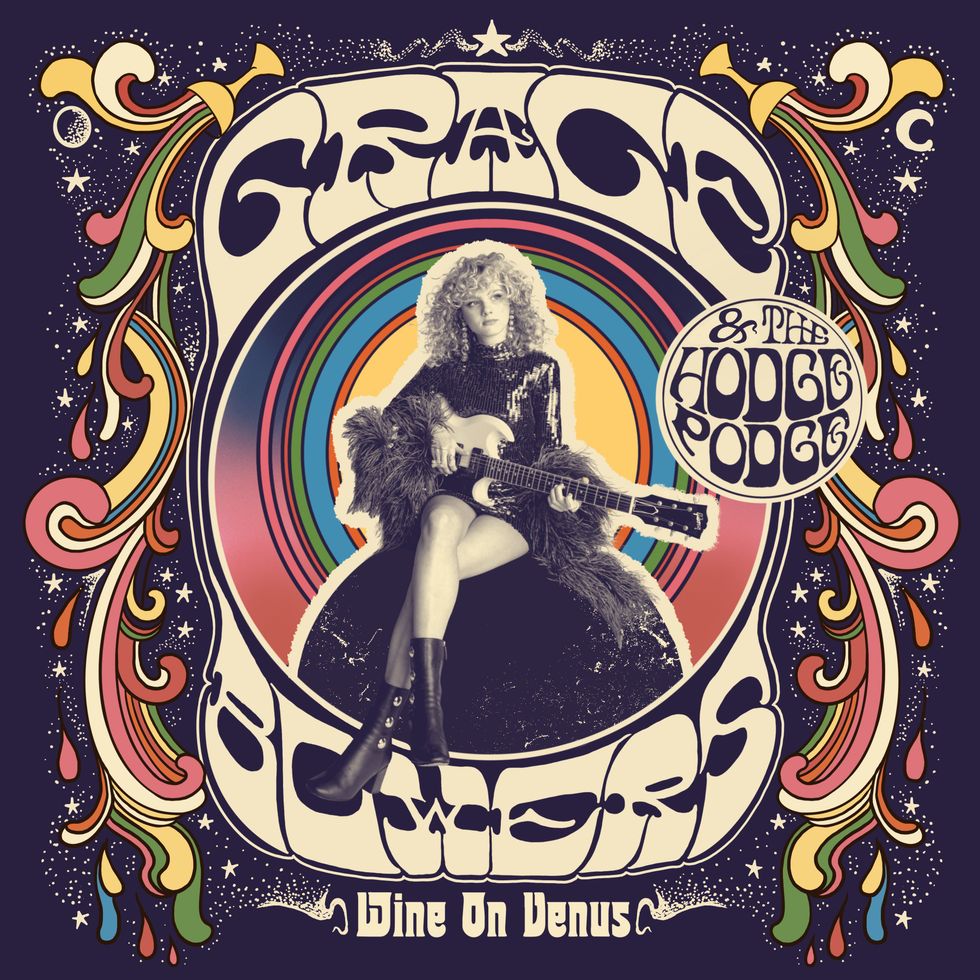
The eight original songs on Wine on Venus were written by Bowers in collaboration with Esther Okai-Tetteh and the rest of her band, the Hodge Podge.
She shares that she’s highly averse to recording in an isolated booth, unable to see the rest of the band—something she’s done a lot as a session guitarist. “Before we went into the studio, I told John, if I’m wearing headphones, it’s over,” she says. “And when we’re playing live, eye contact is one of the most important things. So, the band was live in the room, and then I was outside looking through a window in the control room with John. We put my amp upstairs on this balcony—it’s like a house, the studio—and turned it to 10, and for the entire record, my guitar was recorded in the control room. It was very loud; I’ll tell you that.”
Carving out your own voice as an individual artist in improv-based genres can be a significant challenge, and Bowers kept that in mind. “I’d say [that difficulty comes from] oversaturation. There’s a lot of jam bands out there right now. And don’t get me wrong; I love that kind of music, but what a lot of them lack is songs. When we went into the studio, I wanted to make sure that we wrote songs and didn’t just jam. I was very intentional in the writing process with Esther [Okai-Tetteh, vocalist]—to write catchy hooks and make sure that the lyrics meant something.”
Okai-Tetteh, whose first name is pronounced “Acey,” was Bowers’ primary writing partner in the development of the album’s material. “A lot of it [came together] sitting on my bedroom floor, writing songs every night. She wrote a lot of the [vocal] melody, which is where I struggle. Whereas I wrote all of the music, and then we both collaborated on the lyrics.” The other members of the Hodge Podge, who include keyboardist Joshua Blaylock, drummer Brandon Combs, bassist Eric Fortaleza, and co-guitarist Prince Parker, each fleshed out the arrangements with their own contributions.

Bowers picked up guitar at age 9 after discovering Slash, and fully fell in love with it at 13, after hearing B.B. King for the first time.
Photo by David McClister
Blues guitarists are typically working with the starkest templates (three or four chords) and the most concise vocabulary (the minor pentatonic scale), which, in many albeit honest, dedicated hands, often sound commonplace. But in the best hands, the blues can be some of the most powerful music out there. As Bowers puts it, “The blues comes from your heart, and you’re not just playing it, if that makes sense. I’m not the best at expressing emotions.... It comes out better for me on guitar.”
“As long as I have a very clean-toned amp and my pedalboard, I’m pretty much good to go.”
Bowers owns three different SGs, and her two main choices are her ’61 model with P-90s—“That’s like my baby”—and a newer model with humbuckers. Her pedalboard is a “basic setup,” and she doesn’t know all the names of her pedals off the top of her head. But in classic funk fashion, she does like to employ her wah while playing rhythm parts. As for amps for live shows, she doesn’t yet have her own tour bus, so she’s been relying on backlines. “As long as I have a very clean-toned amp and my pedalboard, I’m pretty much good to go,” she says. Her greatest inspirations on guitar, aside from Slash, are Leslie West, Eddie Hazel, Carlos Santana, and Marc Bolan. “I have a huge Electric Warrior poster above my bed right now,” she tells me.
As for the future, Bowers says she doesn’t really have long-term goals, exactly. “I don’t like to set expectations for myself, because I just want to see where things are going to bring me naturally. I love doing what feels right in the moment.
“Before, I was super shy and didn’t have a lot of confidence,” she continues. “Guitar really helped me build that up, and now I’m doing things that I would have been horrified to do three years ago. It’s definitely helped me come out of my shell.”
YouTube It
In this brief live clip, Grace Bowers breaks down the blues and builds it back up with incredible tone, feel, and taste.






![Rig Rundown: AFI [2025]](https://www.premierguitar.com/media-library/youtube.jpg?id=62064741&width=1245&height=700&quality=70&coordinates=0%2C0%2C0%2C0)












 Shop Scott's Rig
Shop Scott's Rig


![Devon Eisenbarger [Katy Perry] Rig Rundown](https://www.premierguitar.com/media-library/youtube.jpg?id=61774583&width=1245&height=700&quality=70&coordinates=0%2C0%2C0%2C0)


